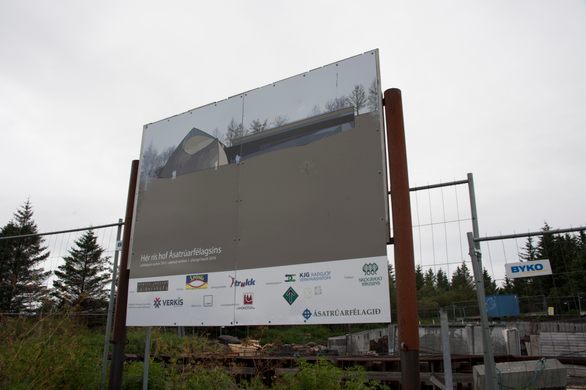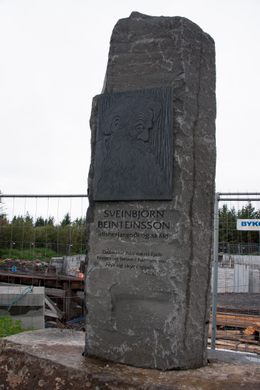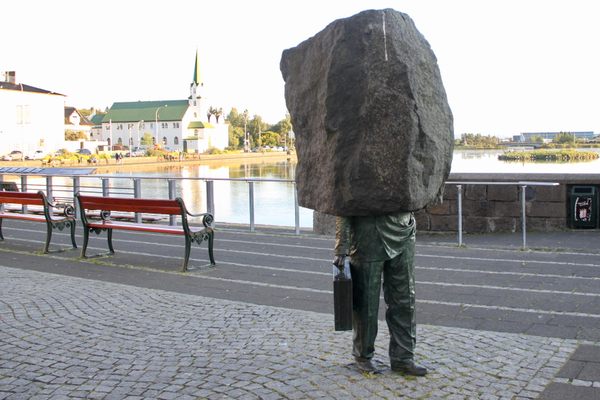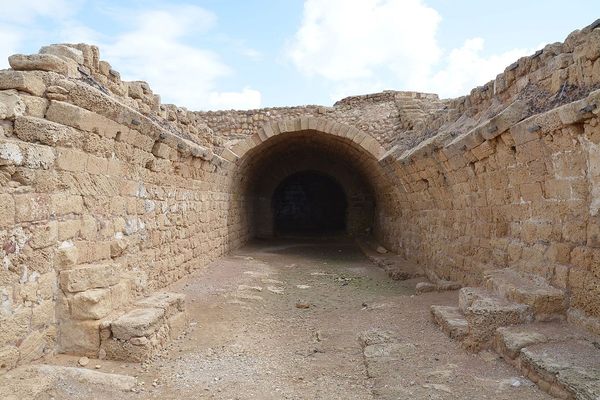Ásatrú Temple
Iceland's first pagan temple in 1,000 years is underway in Reykjavík.
Of the many construction projects in development in Reykjavík, the most extraordinary has to be the sanctuary for the Ásatrú religion, the first pagan temple erected in Iceland in a millennium. The sanctuary will be the central hub of the Ásatrú society, a neopagan spiritual organization that has restored the ancient religion of the Vikings based in the pantheon of the Nordic gods.
Nordic paganism was suppressed in 999 with the rise of Christianity, but faith in the power of nature and supernatural entities persisted in the countryside and isolated areas. Today, a modern version of the ancient religion is on the rise. Founded on the first day of summer in 1972, the Ásatrú society (Ásatrúarfélagid in Icelandic) now has almost 5,000 active members and is the fastest-growing religion in Iceland. And soon, it will have a dedicated structure for ceremonies and gatherings.
The Ásatrú temple—or more accurately, hall (or “hof” in Icelandic)—will honor the ancient gods such as Odin, Thor, Frigg, and Baldur. It is still under construction as of this writing and is estimated to be completed by the fall of 2019. The sanctuary will be situated on the Öskjuhlíd hill, on a magnificent site surrounded by forests and a panoramic view of the sea. The area is considered sacred, as it is near an ensemble of three rocks believed to relate to the life and powers of Odin, the supreme god in the Nordic pantheon.
Designed by architect Magnús Jensson, the temple will be a monument to the cosmic forces of nature. It includes a spectacular dome aligned with astronomical events. The numbers three and nine, considered magical, have a special significance in the construction, according to the principles of sacred geometry. The interior of the temple will be a sober and majestic space hosting the statues of the deities, under the changing sunlight depending on the season and time of day. A commemorative memorial also stands at the entrance of the temple as a tribute to Sveinbjörn Beinteinsson, the founder of the society and first “Allsherjargodi,” or highest priest.
Rituals, known as “blóts,” will be held at the temple, from weddings to feasts to funerals. The most important rituals are the first day of summer (“Victory blót”) and the winter solstice (“Yule blót”). Though the structure is not yet complete, some rituals have already be held at the site, such as a ceremony to thank Mother Nature for the wood used for the construction.
The Ásatrú sanctuary will also be open and welcoming to other religions and institutions. Hilmar Örn Hilmarsson, the current Allsherjargodi, stresses that Ásatrú is a religion of tolerance and peace. He plans to invite artists, musicians, and writers from across Iceland to the opening ceremony and is confident that the new temple will contribute to a more diverse and respectful society for future Icelandic generations. The temple was planned to open in 2019, but as of 2023, the construction was not completed yet.
Know Before You Go
Go to Perlan Hill and hike south, and you will find the temple construction site. It is located not far from Reykjavík University.
Community Contributors
Added by
Edited by
Plan Your Trip
The Atlas Obscura Podcast is Back!

























Follow us on Twitter to get the latest on the world's hidden wonders.
Like us on Facebook to get the latest on the world's hidden wonders.
Follow us on Twitter Like us on Facebook